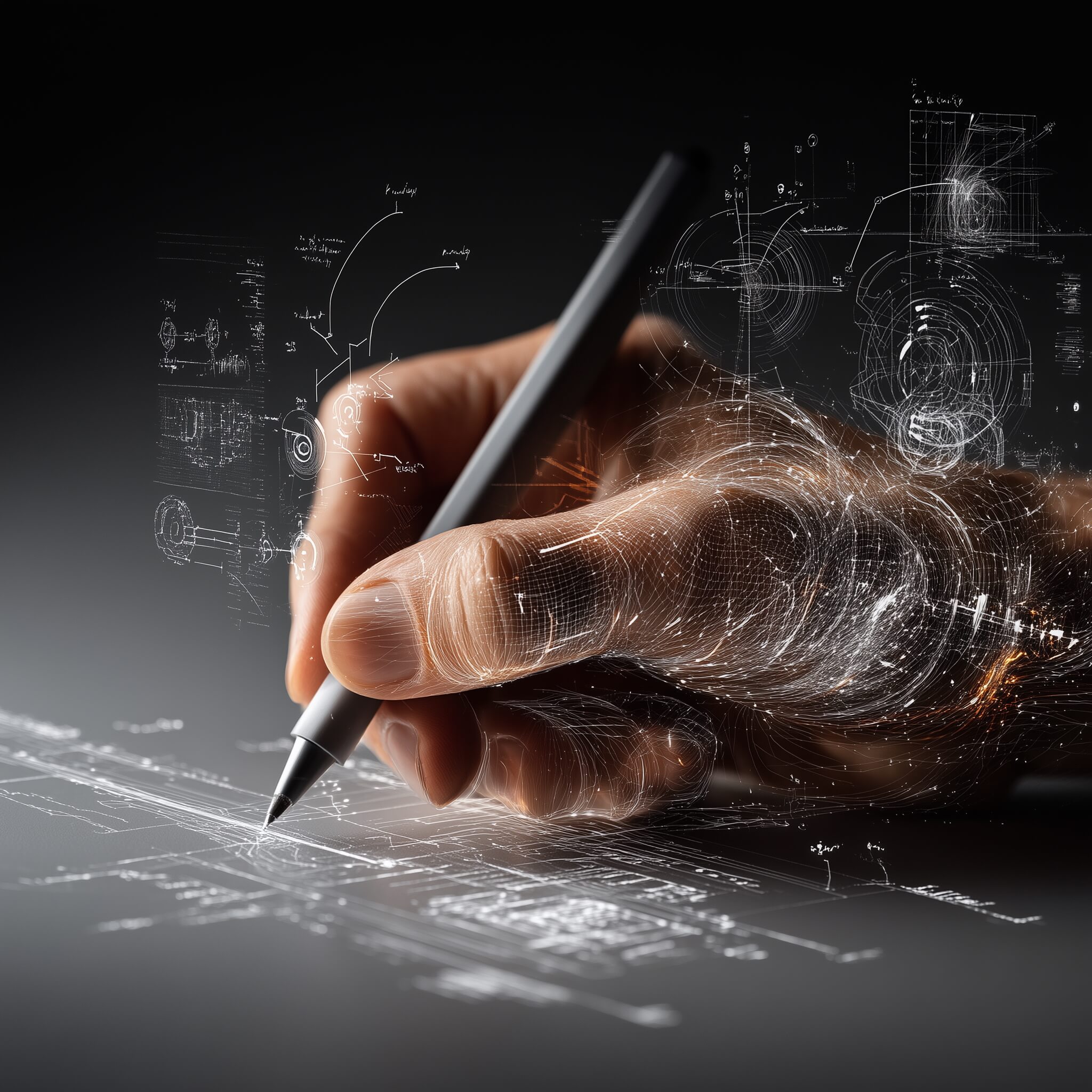TL,DR: Everyone is talking about vibe coding, but few are talking about vibe designing, an AI-driven approach where intent and emotional tone replace manual design craft. Designers describe the vibe they want, and AI generates layouts, prototypes, and flows in real time. This shift could democratize design and accelerate innovation, but it also raises questions: will these tools lead to creative atrophy, or unlock new potential? The future of design in startups and business depends on how we answer that.
The AI Shift We Are Going Through
AI is no longer just an assistant in the background. It has stepped onto the creative stage. Developers using GitHub Copilot report productivity gains of more than 50 percent. Designers are already experimenting with Figma AI, Midjourney, and new platforms like Magic Patterns and Vercel’s v0 that can spin up interfaces from simple prompts.
We are at the start of a structural shift in how products are created. Just as vibe coding has redefined what it means to write software, vibe designing is beginning to reshape how we approach design itself.
What Is Vibe Designing?
Everyone is talking about vibe coding. Almost nobody is talking about vibe designing – at least not yet. But it’s coming.
At its core, vibe designing means designing at the intent level. Instead of sketching every pixel, you describe the mood, purpose, or emotional tone you want a product to have, and AI generates options that reflect it.
Imagine saying: “Design a calm, nature-inspired homepage for a wellness app, with a welcoming hero section and space for testimonials.” In minutes, you have working prototypes to explore. The AI handles execution, while you focus on what the product should feel like.
This isn’t just a new workflow; it’s a new mindset. The starting point is not the wireframe, but the vibe.
Why This Matters?
For founders and startups, vibe designing collapses the gap between vision and execution. You can go from idea to prototype in days, test it with users or investors, and refine it without long delays. Time to market shrinks, and the odds of finding product–market fit improve.
For creatives, vibe designing is both liberating and unsettling. On one hand, it frees us from hours of repetitive production work. On the other, it raises tough questions: if craft is automated, what is the role of the designer? Do we risk losing our skills and instincts if we rely too much on machines?
This tension sits at the heart of the opportunity. AI can either cause creative atrophy (a decline in our ability to practice craft) or it can expand our creative potential by giving us more time and space to focus on vision, empathy, and storytelling.
The answer depends on how we use it. Designers who approach AI as a partner, not a replacement, will use these tools to amplify their creativity. They’ll explore more directions, test more ideas, and bring richer perspectives to their work. Those who lean back and let the AI do the heavy lifting may end up with homogenized outputs that feel generic and lifeless.
What This Means for the Future of Design and the Startup Ecosystem
The role of the designer is evolving. In a vibe design world, the value shifts from pushing pixels to shaping experiences. Designers become curators and directors, guiding the AI with taste, empathy, and judgment. Craft remains important, but judgment becomes critical.
In the startup ecosystem, this shift could be profound. Small teams will be able to create polished, investor-ready prototypes without waiting on long design cycles. Non-designers (founders, product managers, even investors) will gain more direct access to design as they can prototype ideas themselves. This democratization of design will accelerate experimentation and lower barriers to entry.
But there are challenges too. If everyone uses the same AI tools, there’s a risk of sameness, a flood of cookie-cutter products shaped by average patterns in the training data. Brand differentiation, user empathy, and human creativity will matter more than ever. Leaders will need to ensure AI is a starting point, not the finish line.
What's on the horizon?
We’re still early in this journey. The tools are raw, the workflows are unpolished, but the momentum is undeniable. Soon, designing may feel less like drawing static screens and more like conducting an orchestra: setting the tone, guiding the flow, and letting intelligent systems play the notes.
For founders and investors, this means faster cycles, cheaper MVPs, and more opportunities to test and learn. For designers, it’s a call to evolve; to lean into empathy, strategy, and vision, and to use AI to expand, not replace our creativity.
The future of design won’t be defined by how quickly we can generate screens, but by how well we can make them feel human.
Vibe designing isn’t about removing the role of designers; it’s about redefining it. The tools will shape the craft, but the vision, the story, and the vibe are still ours to own.
Thank you for reading!
If this resonates with you or sparks ideas for collaboration, let’s connect.
👉🏻 Send me a message!
Image Source: Courtesy of South Summit





